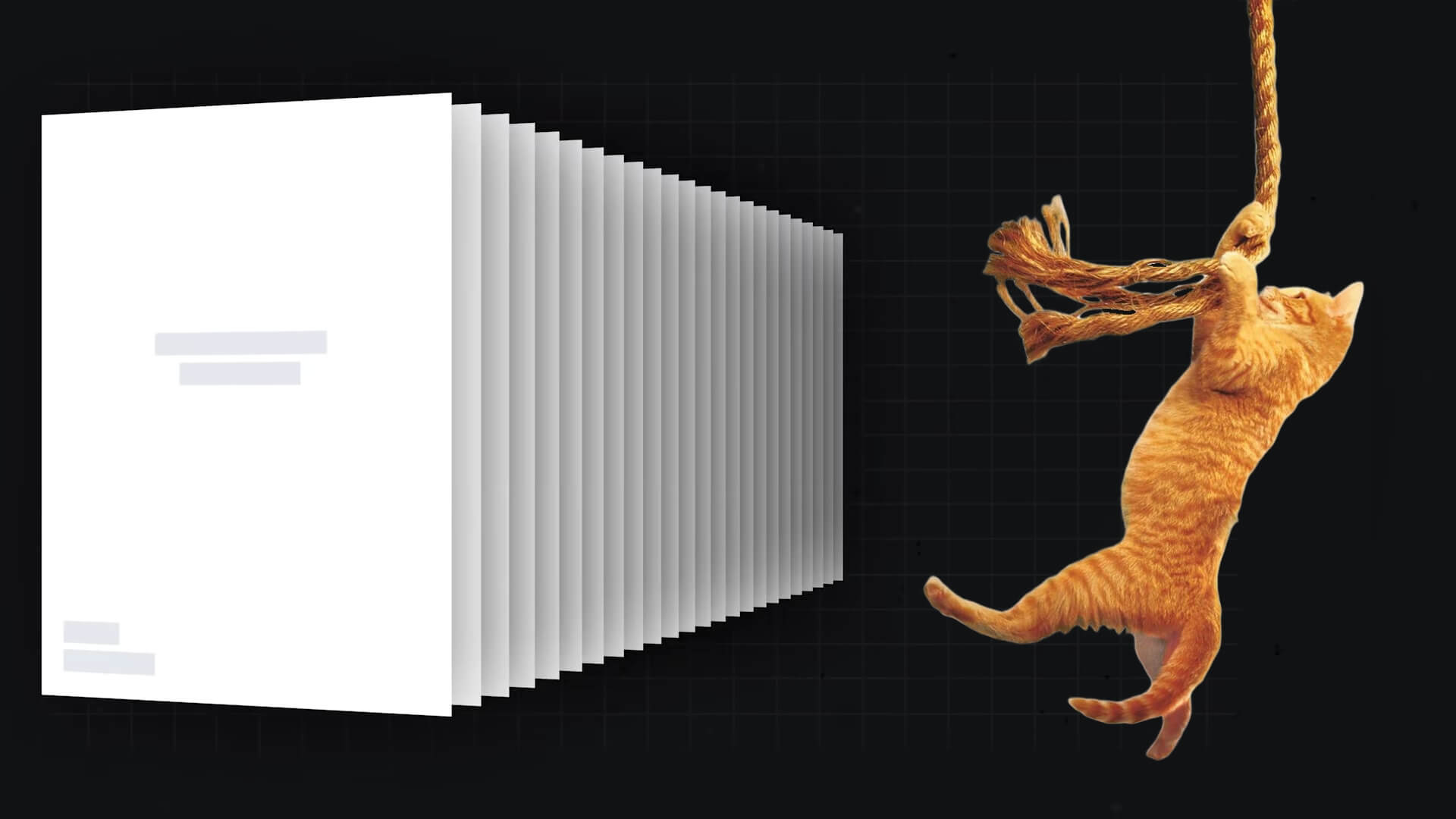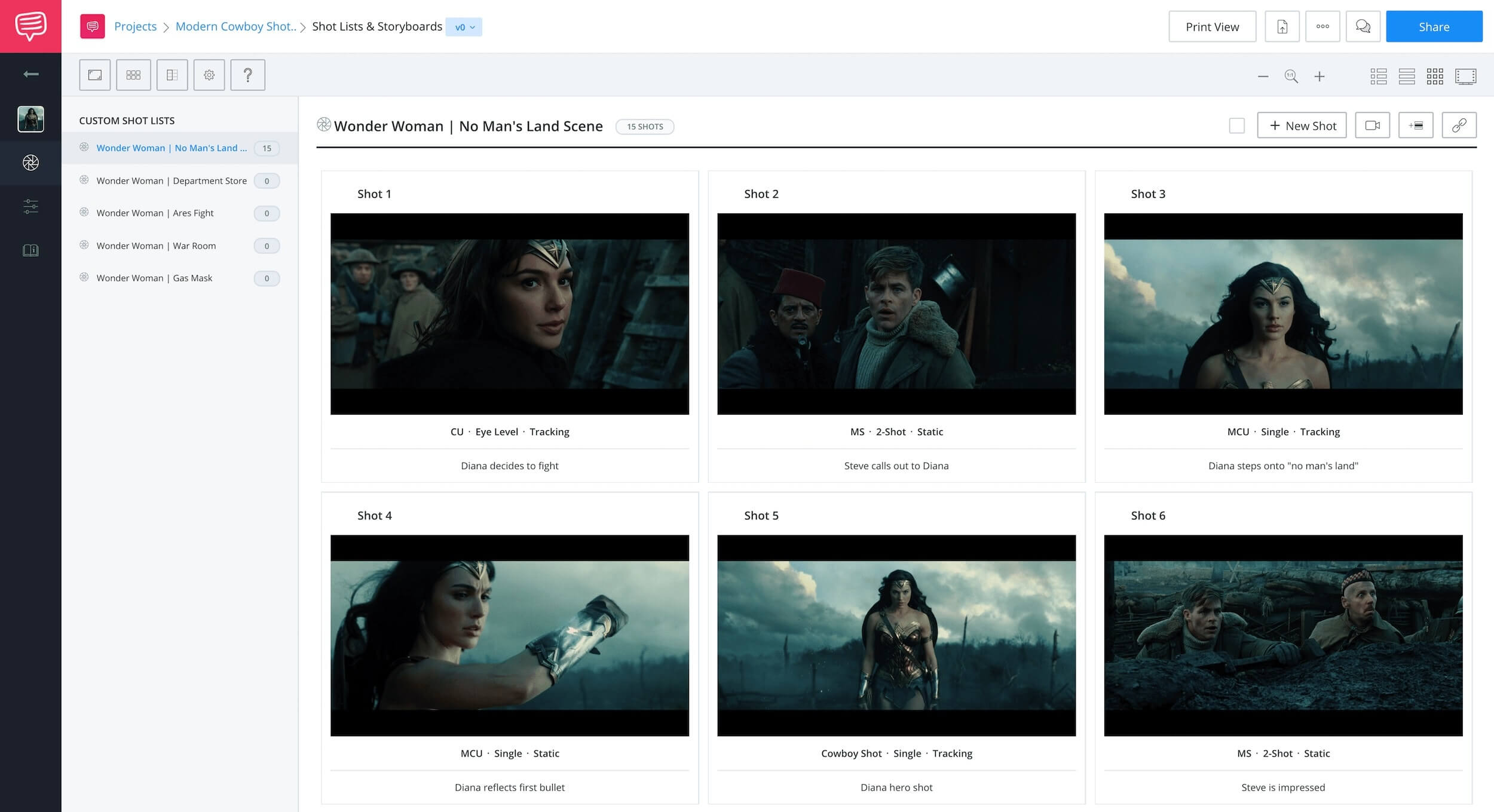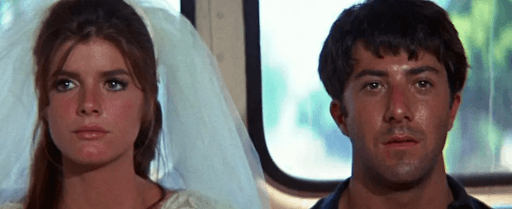What is Save the Cat? If you are interested in screenwriting or currently learning the trade, then there is a good chance that you have heard the phrase “save the cat” thrown around in one context or another. Explaining Save the Cat requires some added context as the term is both a verb and a noun. In other words, “save the cat” is both a book on screenwriting and a storytelling mechanism. Let’s get started with an overview of the book, then we’ll dive into the book’s titular piece of advice and take a look at everything else the book has to offer.
What is Save the Cat
Let’s define Save the Cat
For breakdowns and definitions of other writing and storytelling terminology, be sure to take a look at our ultimate guide to screenwriting vocabulary.
SAVE THE CAT DEFINITION
What is Save the Cat?
Save the Cat is a bestselling non-fiction book on the craft of screenwriting written by Blake Snyder. After Save the Cat was published in 2005, it quickly grew to be considered one of the definitive screenwriting books.
“Save the Cat” has now become shorthand for a conventional screenwriting structure that can be applied to many modern Hollywood films.
Save the Cat Characteristics:
- Three act structure
- Fifteen plot beats
- Mostly applied to American Hollywood films
Save the Cat Screenwriting
Who is Blake Snyder?
Blake Snyder was a successful Hollywood screenwriter who sold several scripts, sometimes for amounts in the seven-figure range. Two feature films written by Snyder were produced and released.
Snyder pulled from his experiences in the film industry when writing what he hoped would be the definitive guide to making it as a professional screenwriter.
Blake Snyder on the Great Wall of China
Several sequels to Save the Cat were written, including Save the Cat Strikes Back and Save the Cat Writes for TV. Some of the sequels were written by Snyder as well, though others were written posthumously by his students after his sudden passing in 2009.
The advice within Save the Cat has been highly acclaimed but has also met with pushback from some critics. Detractors of the book point to its advice as leading to formulaic storytelling and criticize the book for encouraging writers to rely on writing that is familiar and successful rather than encouraging creativity and originality.
Save the Cat Screenwriting
What does it mean to save the cat?
The title, Save the Cat, is a screenwriting term coined by Blake Snyder and refers to a particular plot device. The save the cat method involves having the protagonist do something admirable toward the start of the story in order to establish them as a likable person and get the audience on their side. Having the protagonist save a cat can be literal or figurative.
Here are some examples.
Save the Cat scene examples • What does save the cat mean
Including a "save the cat scene" near the start of your script can be a quick way to generate empathy for and an attachment to your main character. Some writers and film critics push back against this plot device for a handful of reasons such as this type of scene being considered manipulative or cliché. Some also push back against the notion that protagonists always need to be likable and/or admirable.
Save the Cat Story Structure
Other screenwriting takeaways
The titular plot device is far from the only piece of information found within the pages of Save the Cat. There are structure analyses of successful films, logline breakdowns and a formula for writing original loglines, and more.
Perhaps even more highly regarded than the titular Save the Cat plot device is the Save the Cat beat sheet.
The Save the Cat beat sheet quickly became one of the most popular models for screenplay structure. The 15 beats outlined in this three-act plot structure model were based on a tried and true structure that Snyder compiled by analyzing the structure of dozens of successful films and scripts.
In the video below, we break down the Interstellar screenplay using the Save the Cat beat sheet.
Interstellar broken down in the Save the Cat beat sheet • Subscribe on Youtube
For further analysis, we also broke down Parasite, co-written and directed by Bong Joon Ho into the same set of story beats.
Parasite explained in 15 beats • Subscribe on Youtube
The beat sheet was the structure model employed by Snyder's own screenplays which sold. And some readers of the book have even sold their own screenplays after putting the Save the Cat beat sheet to use, though your mileage may vary. Now, let's run through these beats one at a time.
Save the Cat Story Structure
The Save the Cat Story Beats
So, what are these sacred story beats? Snyder honed his fifteen beats down to a science, even indicating the exact page they should happen on. Of course, these are merely suggestions and every story is different. But it does provide a clear guide to start with.
1. Opening Image — Page 1
This is a bit self explanatory. Snyder states the opening image (first scene) of your film is important because it establishes the world, the tone, the characters. Pretty much every screenplay follows this rule, whether or not they’re following the Save the Cat structure.
Check out Parasite’s opening image on page 1 of its screenplay, which we imported into StudioBinder’s screenwriting software:
Parasite screenplay • Read the script
The opening image here speaks volumes, as Snyder suggests it should. This is a struggling tight-knit family who are surviving in modern society by any means necessary. Read the entire Parasite screenplay along with additional analysis.
2. Theme Stated — Page 5
Most good films have some sort of theme. Sometimes films will have multiple running themes. But the main theme, according to Snyder, should be stated on page five.
For example, say the theme of your movie is the power of community, and your protagonist learns this lesson over the course of the runtime. So on page five, you may have a protagonist’s coworker say, “Devon, why is it you never accept any help?” Theme stated.
Here's a breakdown of how theme works in film, including Parasite.
How Theme Works in Film
3. Set-Up — Pages 1-10
Your first ten pages are crucial. Using Save the Cat, you should establish the look and feel of the film, as well as the majority of the principal characters.
It’s also the time when you establishes your protagonist’s baseline – what’s their life look like before it’s turned upside-down?
4. Catalyst — Page 12
Speaking of turning your protagonist’s life upside down – this is the big one, also referred to by screenwriting scholars as the inciting incident.
Your character may initially reject the catalyst’s importance, but by the end of act one, it will have sent them on a whole new trajectory.
5. Debate — Pages 12-25
After the catalyst, your protagonist isn’t sure whether or not they should act.
Say the catalyst is when someone visits the protagonist telling them they’re their child from the future, and the protagonist needs to find a scientist in Antarctica to save the world. The pages after should be the protagonist wrestling with this information. That wasn’t really their future child, right? Why do they have to save the world?
6. Break into Two — Page 25
This is the decision the main character makes that sets the story officially in motion. Sticking with our previous example, the protagonist gets on a boat headed to Antarctica. Now we’re in Act II.
7. B Story — Page 30
The main story is underway, so it’s time to kickstart the subplot(s). Maybe as the protagonist searches for the scientist in the Antarctic, he meets a man who will end up being his future husband.
8. Fun and Games — Page 30-55
This is one of the most amorphous of Snyder’s beats. Now that your protagonist has entered their new world or discovered their new power, spend time with them as they explore.
In Harry Potter, lots of time is spent establishing Harry’s new world
What are the rules of the world? What’s different? What’s the same?
9. Midpoint — Page 55
The midpoint can take many forms. The protagonist may have a false victory- they think they’ve won, when in reality there’s a lot more trouble left.
Or perhaps they suffer a massive setback– they lose a friend, have a crisis of faith, etc. The nature of the midpoint is up to you. All that matters is that it’s a big moment. Here's a further breakdown of how midpoints work.
Take the iconic final shot of :The Importance of Midpoints Explained
10. Bad Guys Close In — Pages 55 - 75
This doesn’t have to be literal, though it can be. Essentially, this is the part of the screenplay where everything gets more difficult. Let’s go back to our Antarctica story.
At the midpoint, the protagonist locates the scientist, but in this section, it proves to be a false victory. The scientist has no idea what the protagonist is talking about, and thinks he’s crazy. In these pages, the protagonist now has to try and figure out what his future child was talking about on his own.
11. All is Lost — Page 75
The nadir. Nothing is going right for your protagonist.
We’re really punishing our character with this plot beat. Maybe they lose their mentor. Maybe they’re overwhelmed by self-doubt.
12. Dark Night of the Soul — Pages 75-85
In these pages, your protagonist is reacting to the All Is Lost plot point. This is about as bummed as they’re going to be. They’re close to giving up. Maybe they have given up.
13. Break into Three — Page 85
We’re entering the final act. The break into three is the last gasp – your protagonist essentially says, “Screw it. Let’s do it.” This may be prompted by a strike of luck, or just a renewed sense of purpose.
Whatever it is, this is the beat that tells us our character is down but not out.
14. Finale — Pages 85-110
This is the grand hurrah, otherwise referred to as the climax (or anticlimax). This is where everything your protagonist has learned along the way (plus what she’s had in her all along) comes together in a big showdown. This may be with an antagonist or perhaps with their own inner demons.
It all depends on the story you’re telling.
But no matter what, this is the culmination. So tie up your loose ends and give a finale that makes the first two acts worth it.
15. Final Image — Page 110
It’s all over. Time to leave your audience with a lasting visual, something which sums up your story and perhaps speaks to your opening image.
Take the iconic final shot of The Graduate.
Final image of The Graduate
Our main characters have what they want, but now they’re facing down their uncertain futures. Now what?
It’s the perfect ending to the film, completing the story arc while also hammering home the theme of young adult aimlessness.
Snyder’s 15 beats aren’t for everyone, and they certainly aren’t a requirement for a good screenplay. But abiding by the Save the Cat rules doesn’t mean your screenplay is unoriginal or predictable, either. It all depends on the story you want to tell.UP NEXT
Free Save the Cat Beat Sheet
Now that you’ve learned what Save the Cat is and heard how effective the Save the Cat beat sheet can be, you might be interested in trying it for yourself. Grab a free copy of the template, learn how to use it, and explore several examples of the beat sheet in action in highly successful films, up next.




